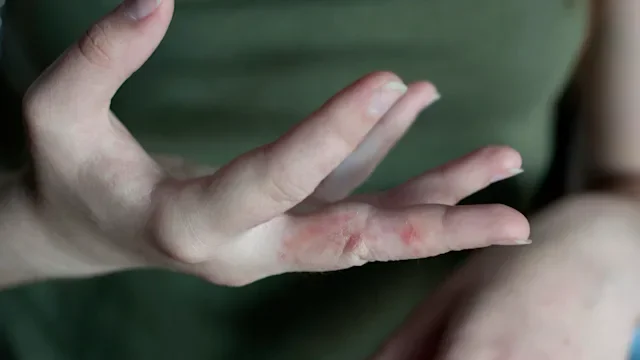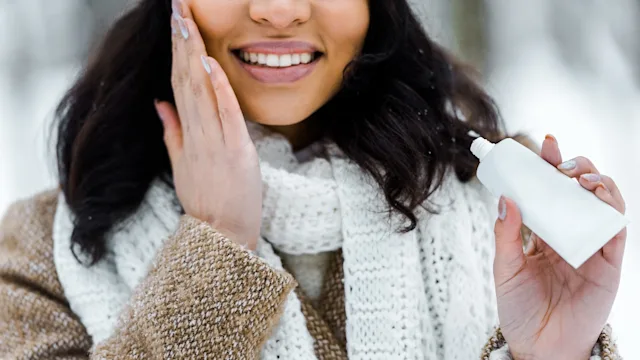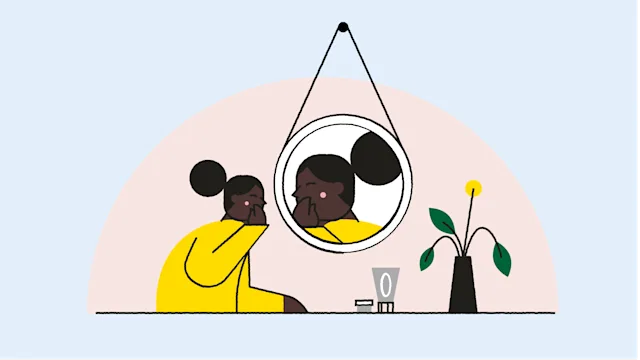Key takeaways:
Sunburn blisters are fluid-filled bumps that develop on sunburned skin.
Treating sunburn blisters involves using cold compresses, pain relievers, and moisturizing the skin.
If blisters cover a large area of your body or you experience fever, chills, or nausea, seek medical care.
You probably know that too much time in the sun without sunscreen isn’t good for you. It can lead to sunburn, which increases your risk for skin cancer and premature aging.
But did you know that severe sunburns can lead to painful blisters? These blisters may be more common in fairer skin. But they can happen in all skin tones.
Here, we’ll take a closer look at why sunburn blisters happen, what they look like (with pictures), and what you can do about them.
Search and compare options
What causes sunburn blisters?
Sunburn blisters are fluid-filled bumps on the skin that are caused by a serious sunburn or sun poisoning. They develop when the skin is damaged by too much ultraviolet (UV) radiation from the sun. The UV rays damage the connections between the top layer of skin (epidermis) and the second layer (dermis). When this happens, blisters can form.
What do sunburn blisters look like?
Sunburn blisters look like bubbles that form on top of sunburned skin. They may be tiny. Or they can merge together to form larger blisters. Sunburn blisters are usually filled with clear or yellowish fluid. And they’re usually painful. Sometimes, they can feel itchy. It can take a few hours or longer for sunburn blisters to show up after a sunburn.
As they heal, sunburn blisters can break open and release their fluid. This can lead to dead skin that peels. In darker skin, sunburn blisters may leave behind dark patches (hyperpigmentation) that can take months to fade.
Sunburn blister pictures
Here are some pictures of sunburn blisters on different body parts.
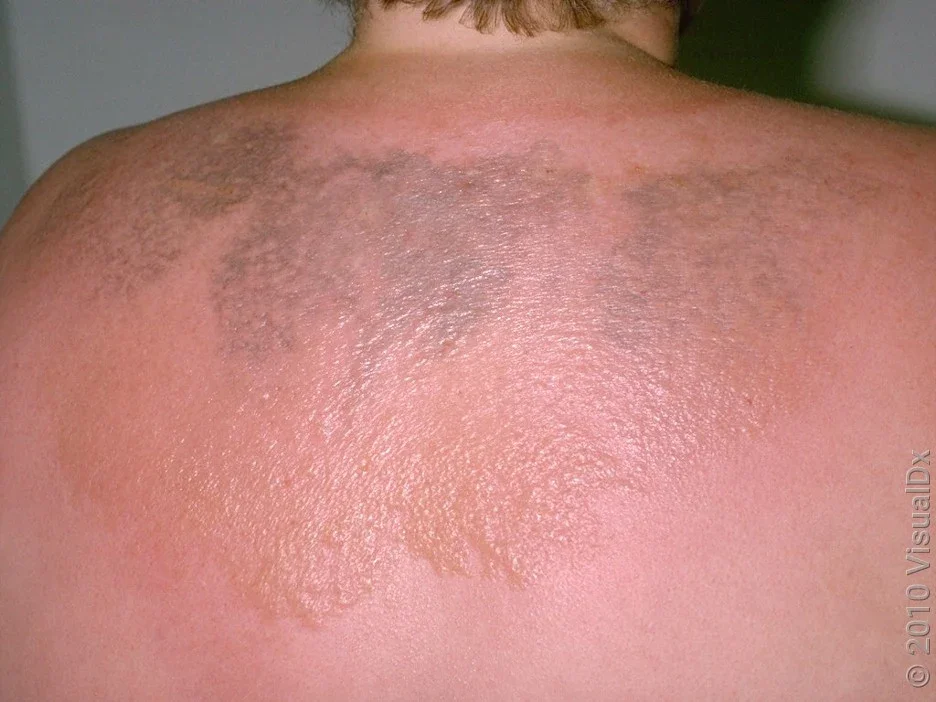

How to treat sunburn blisters
If you develop sunburn blisters, it can take a week or longer for them to heal. Here are some tips you can use in treating them:
Cool the area with cold compresses, a cool bath, or shower.
Don’t pop or pick the blisters. This can lead to an infection, scarring, or delayed healing.
Take over-the-counter (OTC) pain relievers (like ibuprofen) if the blisters are painful.
Apply to the blisters aloe vera or a light moisturizer that’s been refrigerated (avoid ointments like Aquaphor).
Drink plenty of fluids to avoid dehydration.
If the blisters pop, cover them with a sterile, non-stick bandage.
Protect your skin from the sun as it heals.
Sunburn vs. sun poisoning: Learn how to tell the difference between these two conditions caused by too much sun exposure (with pictures).
Dealing with sunburn pain: Three people share their experiences on what worked to get rid of their sunburn pain fast.
Medications that make you more sensitive to the sun: From antibiotics to pain relievers, learn which common medications increase your risk of sunburn.
When to see a doctor for sunburn blisters
Most sunburn blisters can be managed at home. But, if you experience any of the symptoms below, it’s a good idea to get checked by a healthcare professional. Seek medical care if you notice:
Blisters covering a large part of your body
Fever, chills, nausea, or dizziness
Significant pain or discomfort
Signs of infection, like pus drainage
Treatments at home aren’t helping
How to prevent sunburn blisters
When it comes to sunburn blisters — or any type of sunburn — prevention is the best strategy. Protecting your skin from the sun also helps prevent skin cancer and premature aging. Here are some tips you can follow:
Wear a broad-spectrum sunscreen with SPF 30 or higher.
Seak shade when you’re outside, especially during peak sun hours
Stay indoors when the UV index is very high.
Frequently asked questions
Sunburn blisters are caused by a second-degree burn. This means that the sun has damaged the outer skin layer (the epidermis) and part of the second skin layer (the dermis). A regular sunburn without blisters is a first-degree burn, since only the outer skin layer is damaged.
Intact blisters can be left uncovered. The blister serves as a natural overlay that protects the skin underneath. If the blister is open or broken, it’s best to cover it with a sterile, non-stick bandage.
Sunburn blisters are caused by a second-degree burn. This means that the sun has damaged the outer skin layer (the epidermis) and part of the second skin layer (the dermis). A regular sunburn without blisters is a first-degree burn, since only the outer skin layer is damaged.
Intact blisters can be left uncovered. The blister serves as a natural overlay that protects the skin underneath. If the blister is open or broken, it’s best to cover it with a sterile, non-stick bandage.
The bottom line
Sunburn blisters are fluid-filled blisters that can develop after a sunburn. They develop because UV rays damage the connections between the two top layers of skin. If you develop sunburn blisters, it’s important not to pop them, since this can lead to infection or scarring. The best treatment is cool compresses, pain relievers (if needed), and protection from further sun exposure. Regular sunscreen use and sun-protective clothing can prevent sunburn blisters from developing in the future.

Why trust our experts?
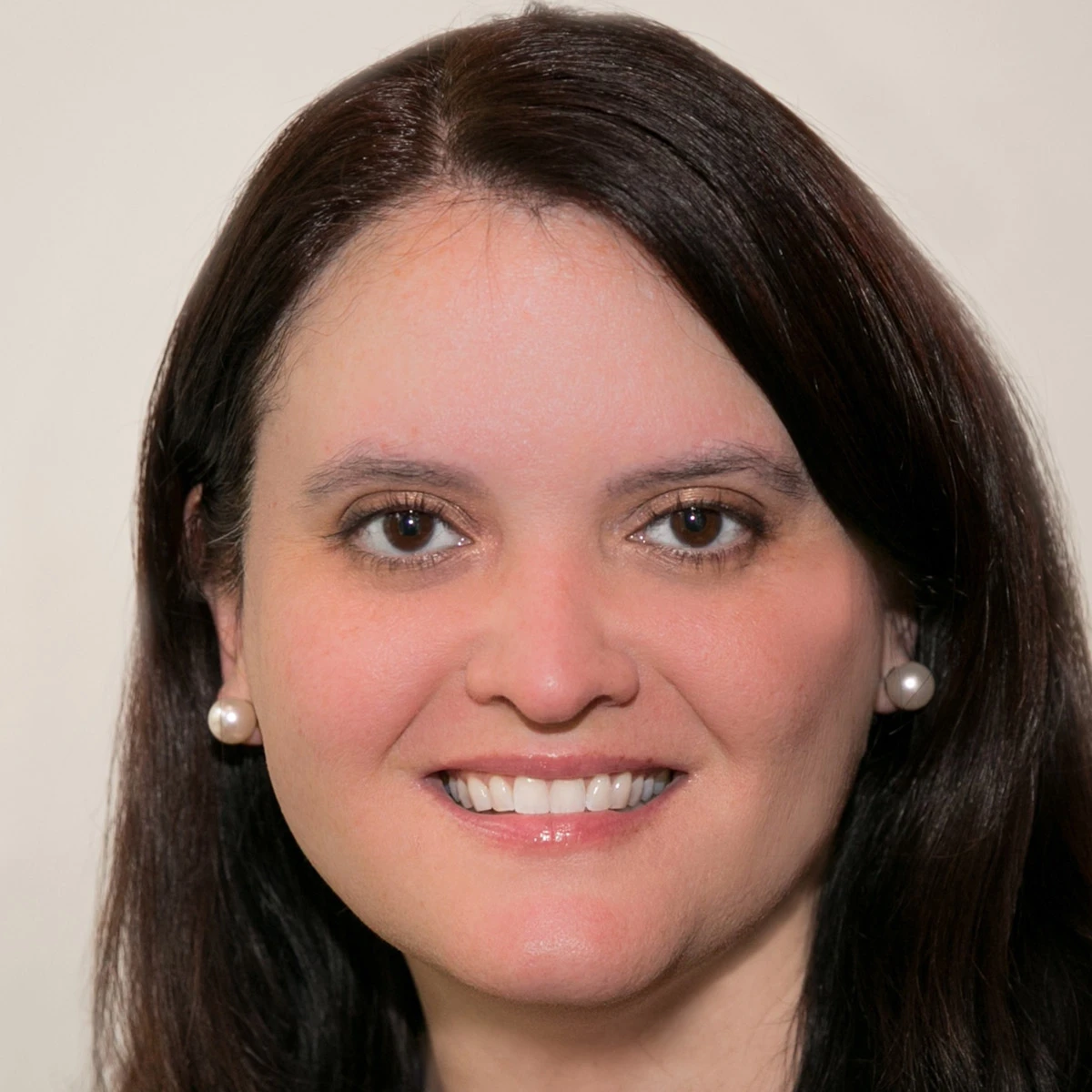

Images used with permission from VisualDx (www.visualdx.com).
References
Kronana, K. M. (2019). I got blisters from a sunburn. What should I do? Nemours Children's Health.
University of Florida Health. (2023). Sunburn.







